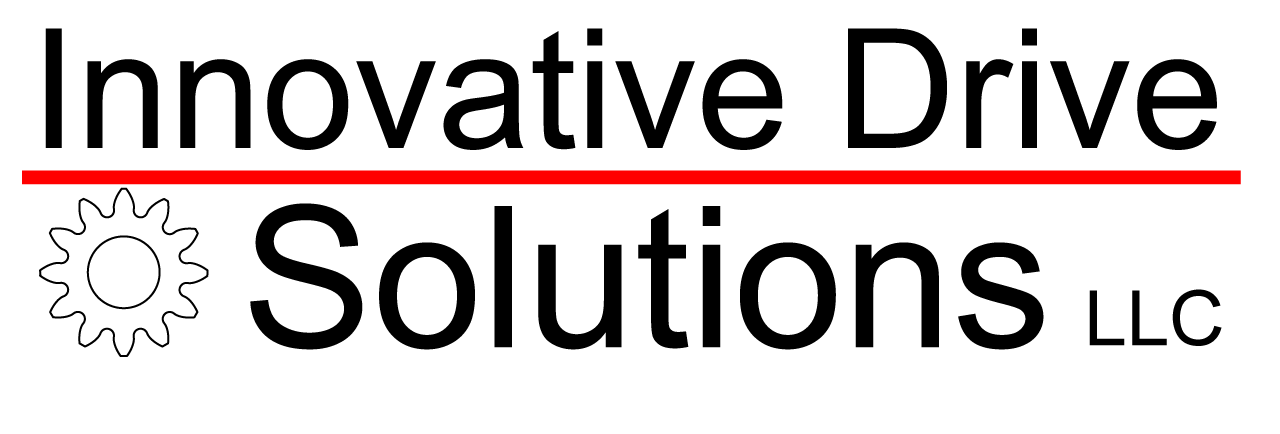Uber and Airbnb are examples of what has come to be known as the “Sharing Economy.” Uber doesn’t own a fleet of cars, but they operate a widely successful ride service using privately-owned cars driven by their owners. Airbnb does not own any hotels or bed and breakfasts; they use local hosts in 190+ countries who rent out their own rooms, apartments and homes. One source of their success is being able to quickly and efficiently connect those desiring their services with those able to provide these same services.
During a trip to Long Beach, California recently, I marveled at Captain Jonnie Lee’s entrepreneurial spirit. At night, Lee offers renters the opportunity to sleep on his yacht for a fee. By day, he uses the same watercraft for his burial at sea service. As an ordained minister, Lee can also be hired to perform marriages while sailing on his vessel. He’s cleverly found additional sources of income that would not have been captured.
Shared access to products or services is a not new concept.
A favorite and frequent destination of mine is the Volo Auto Museum located in Volo, Illinois - a suburb of Chicago. As a lover of classic and muscle cars, I’ve long known about and admired Volo’s unique business model. Nearly all cars displayed are done so on consignment – the cars are owned by prospective sellers hoping to attract interested buyers who visit the museum. Volo charges the car owners a storage fee; collects an entrance fee to tour the museum and look at cars owned by others, and when a consigned car is sold the museum collects a 10 percent auction fee.
In its favor, Volo’s business plan is based on getting others to bear/share many of the costs normally associated with owning and operating a traditional auto museum while capturing significant additional income in the process. It’s a brush stroke of business brilliance; shades of Tom Sawyer getting his friends to whitewash the fence for him.
The rise of social media platforms, Internet and alternate sources of information has enabled many industries and individuals to reinvent themselves, many times by connecting prospective buyers and sellers. Recently I heard of a company that empowers its employees to be original and “blow sh!t up” by pushing beyond limits and do things in bigger, better and different ways. Many, if not most old line industries, are and will be subject to some level of disruption and innovation. If they don’t embrace it, their competitors will or already has.
The Dead tree media is another example. The newspaper industry is dying right before our eyes. Competition has arisen digitally online where the content is free and no subscription is required. As a result, traditional newspapers are either going digital themselves or ending publication.
Friction is being eliminated in the marketplace because information is easy and instantly accessible and removes the need for gate keepers and third party sources. Information asymmetry, where one party has more or better information than the other, creating an imbalance of power in transactions, is also being eliminated for the same reasons.
The on-demand or ‘gig’ economy provides labor flexibility. These ideas and others lead to what some are calling the “post ownership economy”.
Today an author can publish his or her own book for almost no cost and as low of a print quantity of one. And there are many options to fund a project’s start-up costs through crowd funding and crowd sourcing. So an inventor is able to create or manufacture a product or provide a service using other people’s money.
Many items that used to require a large company to manufacture can be created with a 3D printer or other type of additive manufacturing device.
The heavily vertically integrated company of the past is or should be experiencing the effects of these changes in the capabilities available in the marketplace at all stages of the process. Those that are smart and successful will take advantage of these opportunities as they arise and embrace new technologies and new ways of thinking and doing business.
As a consulting engineer, I’m often called in to help an organization navigate its future through engineered solutions. It takes a lot of creativity and staying abreast of novel ideas and new technologies which can be applied.
You may not aspire to have a yacht for rent with a unique business plan, but no matter the size, every organization can and should evolve and improve their methods of providing and selling their goods and services. How are you and your company using new technologies and finding new ways of doing business?
